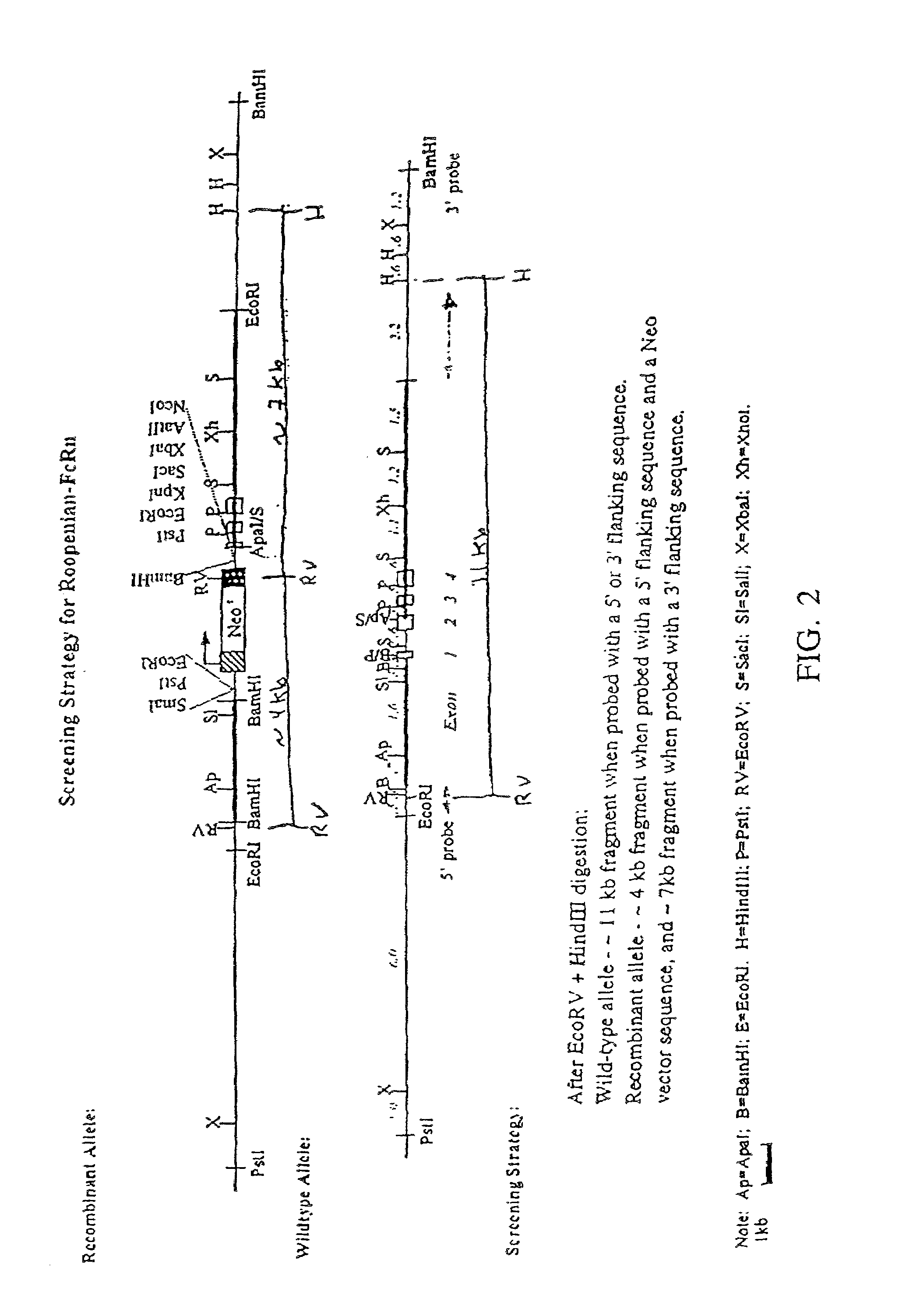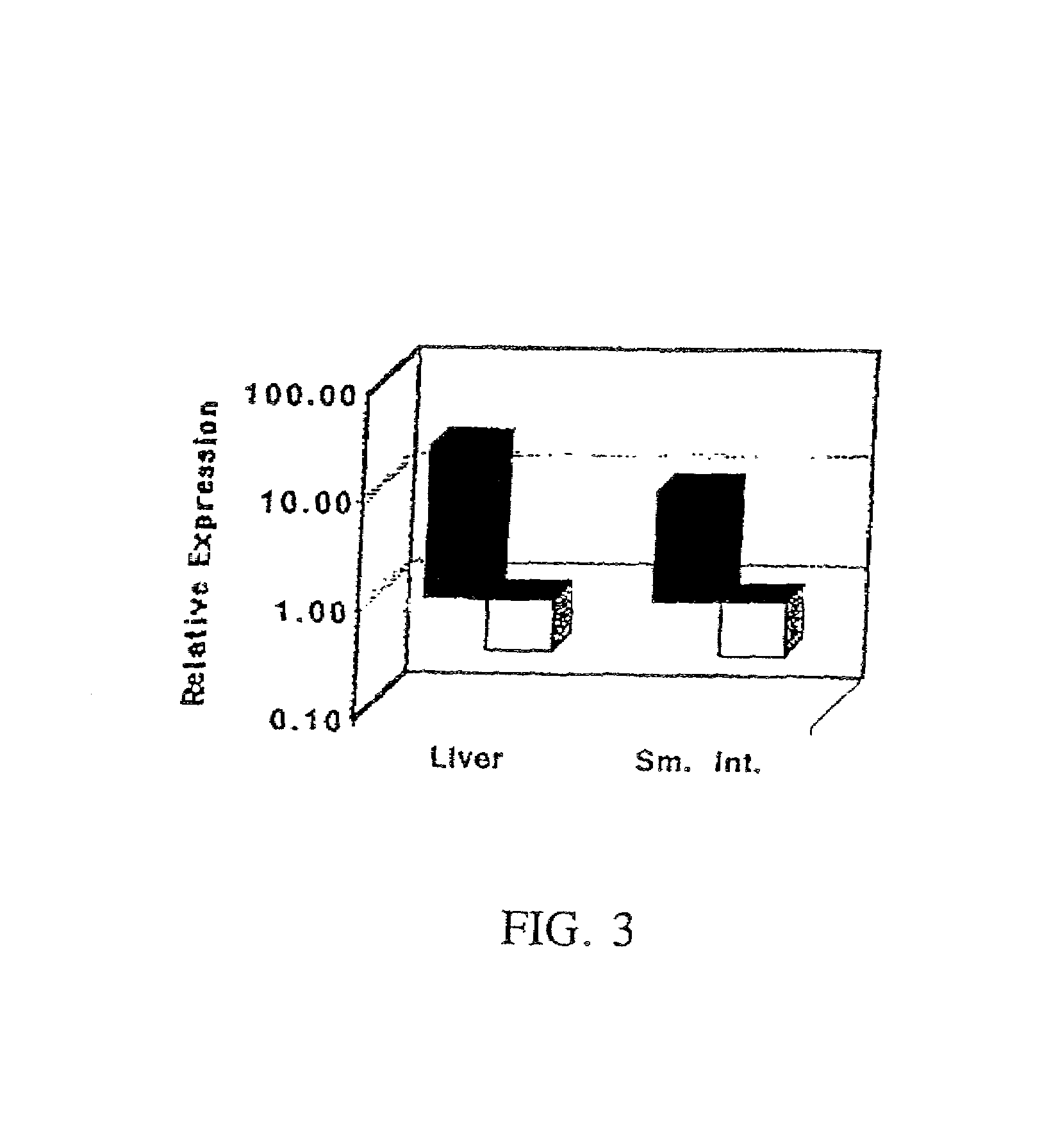FcRn-based therapeutics for the treatment of auto-immune disorders
a technology for auto-immune disorders and fcrn, which is applied in the field of compositions and methods for the diagnosis and treatment of autoimmune disorders, can solve the problems of high blood pressure, many potentially harmful side effects, and ulcers, and achieves the effects of preventing the expression of a functional mufcrn protein, reducing the number of igg antibodies, and increasing the catabolism of igg molecules
- Summary
- Abstract
- Description
- Claims
- Application Information
AI Technical Summary
Benefits of technology
Problems solved by technology
Method used
Image
Examples
Embodiment Construction
[0024]Aspects of the present invention are based on the conclusive finding that FcRn functions as a Fc-dependent IgG protection receptor which selectively protects antibodies of the IgG isotype from normal protein catabolism. This finding indicates that inhibition of Fc protection is an effective treatment for diseases which are precipitated by hypergammaglobulinemia.
[0025]One aspect of the present invention relates to a transgenic knockout mouse whose genome comprises a homozygous disruption in its endogenous FcRn gene, referred to herein as muFcRn− / −. The homozygous disruption of the FcRn gene prevents the expression of a functional muFcRn protein. This results in the mouse having substantially increased catabolism of IgG molecules, and therefore shorter lived IgG antibodies. IgG isotypes, such as mouse IgG1, IgG2a, IgG2b, and IgG3 molecules in addition to human IgG1, IgG2 and IgG4, are expected to be protected by FcRn. This phenotype may be conclusively identified through quantit...
PUM
| Property | Measurement | Unit |
|---|---|---|
| pH | aaaaa | aaaaa |
| pH | aaaaa | aaaaa |
| pH | aaaaa | aaaaa |
Abstract
Description
Claims
Application Information
 Login to View More
Login to View More - R&D
- Intellectual Property
- Life Sciences
- Materials
- Tech Scout
- Unparalleled Data Quality
- Higher Quality Content
- 60% Fewer Hallucinations
Browse by: Latest US Patents, China's latest patents, Technical Efficacy Thesaurus, Application Domain, Technology Topic, Popular Technical Reports.
© 2025 PatSnap. All rights reserved.Legal|Privacy policy|Modern Slavery Act Transparency Statement|Sitemap|About US| Contact US: help@patsnap.com



